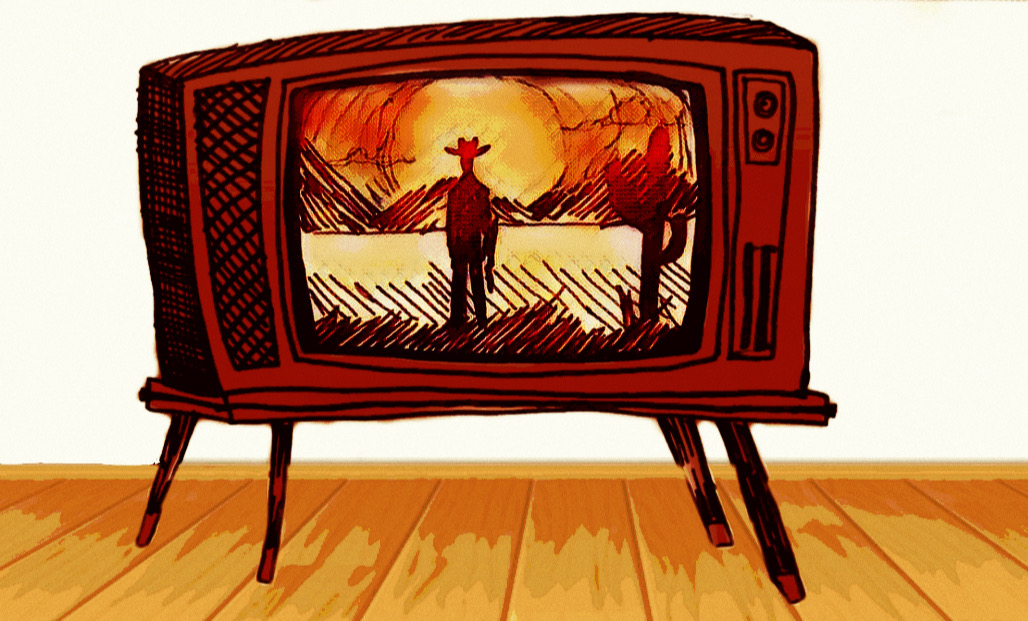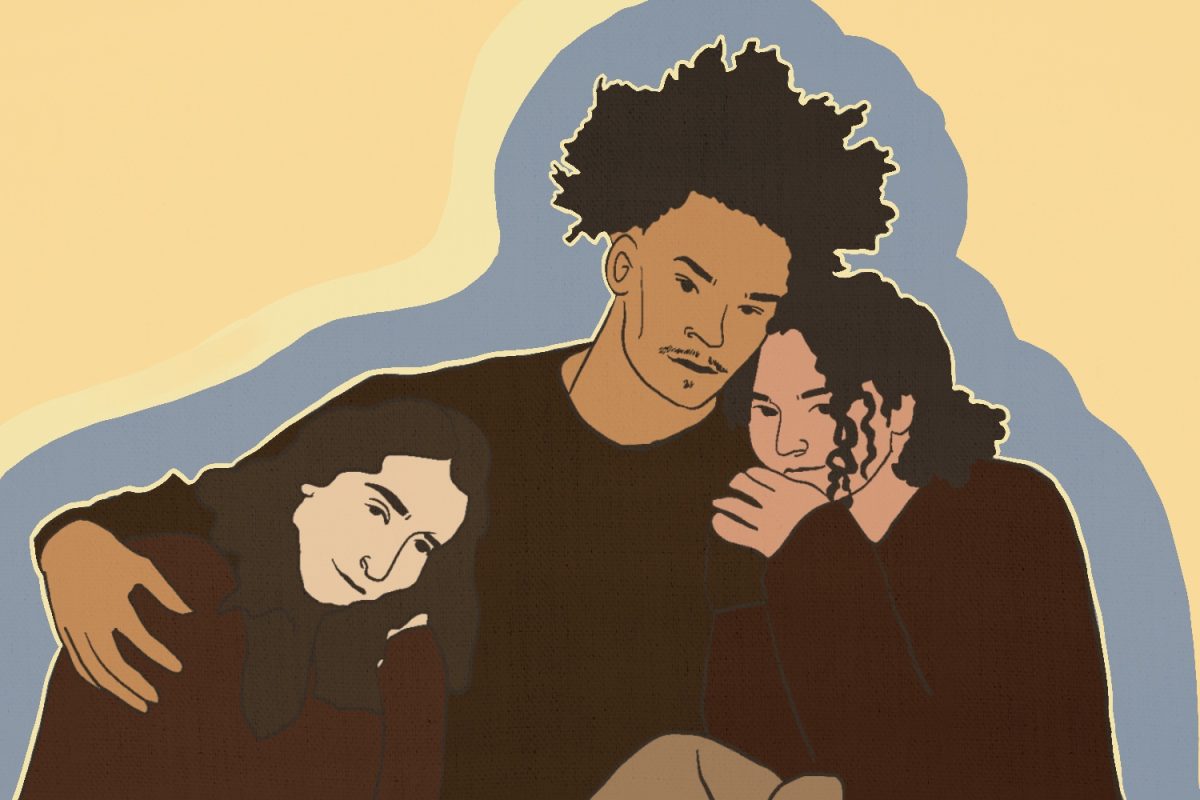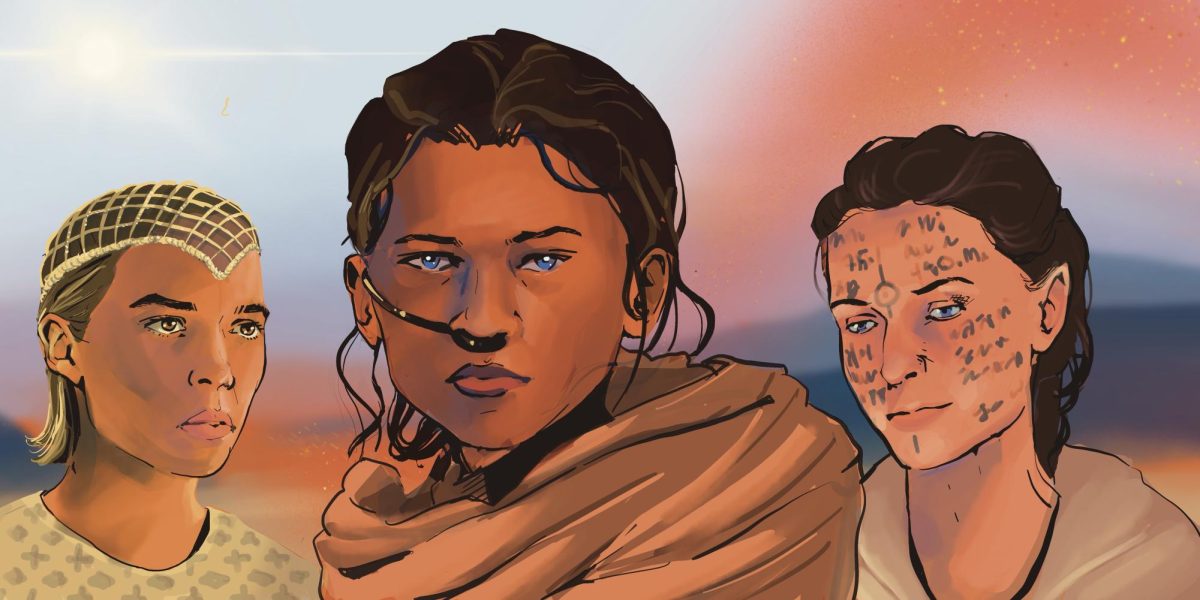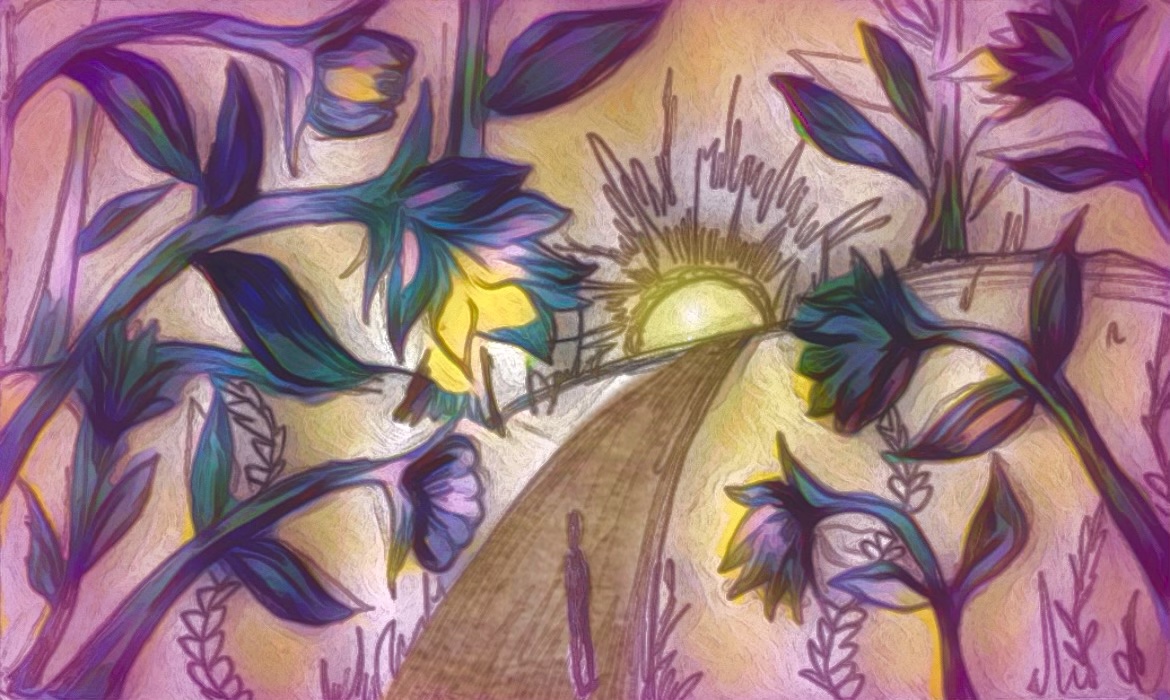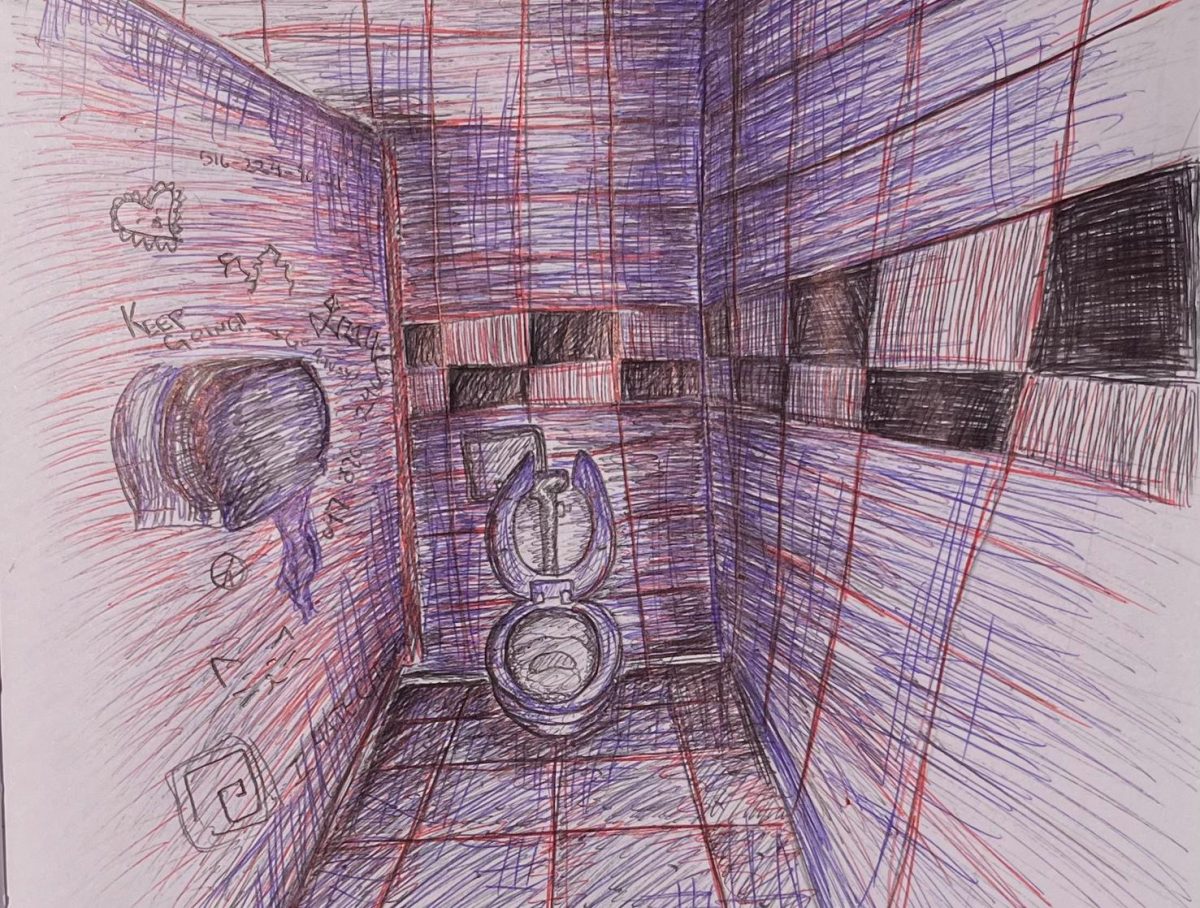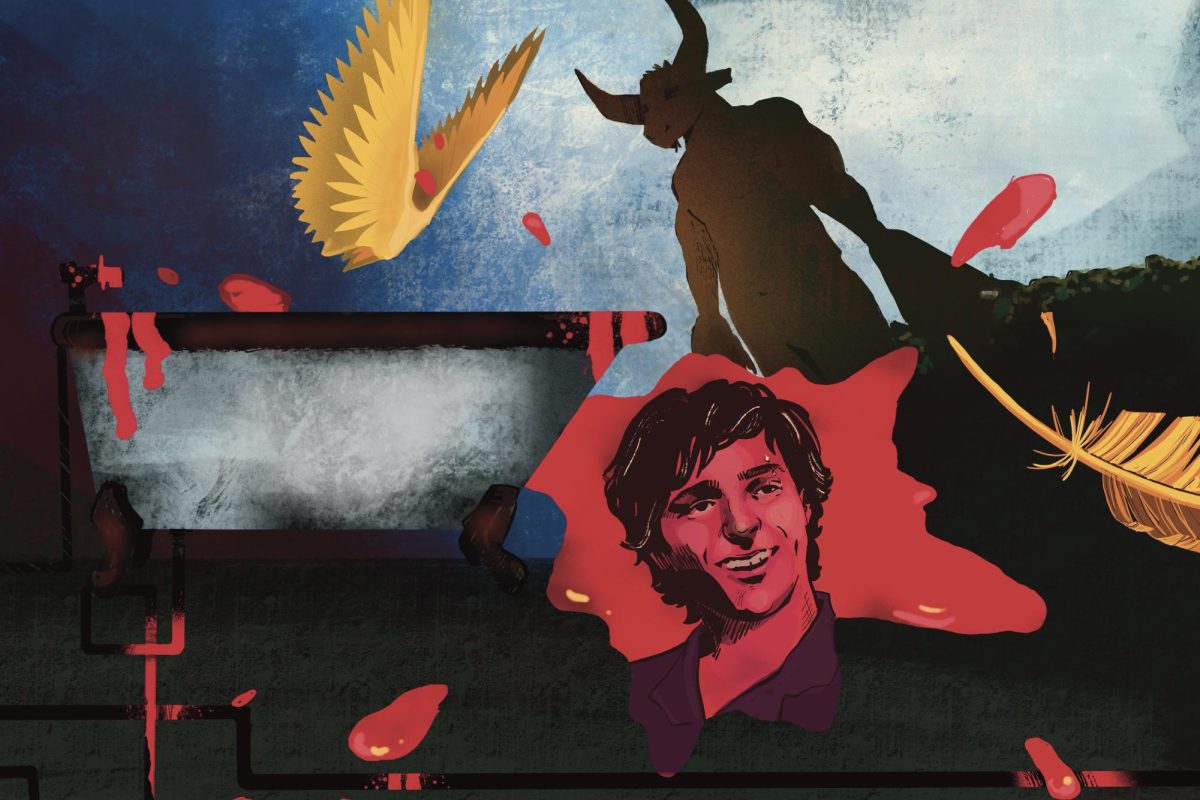From February 16 to May 14, Los Caprichos, (The Caprices, suggesting whims or desires), etchings by 18th Century Spanish artist Francisco Goya, will be on display at the Fleming
Museum. The University of Vermont is honored to have this 80-print black and white series on campus, considering the intricate history surrounding these works. As a court-commissioned painter for Charles IV, Goya had to be cautious about undercutting the very people who supported his art.
Therefore, from 1797 to 1799, Goya worked in secrecy on these subversive etchings, which employed witches and warlocks as representations of the Church and State. These grotesque figures did, in fact, verge on caricatures of the aristocracy.
In February of 1799, Goya released a newspaper advertisement in Diario de Madrid announcing the sale of Los Caprichos; however, just two days later, he took the prints off the market. While there is speculation that Goya was being pressured by the Inquisition to do so, there is no evidence that this was the case.
By 1803, Goya had sold 27 sets of the prints to patrons and then removed Los Caprichos from the public eye by giving the rest of the plates and remaining prints to King Charles IV.
UVM Art History Professor Judith Stone explains that Goya is difficult to categorize stylistically, in part because his life straddled the 18th and 19th Centuries.
Nevertheless, she feels comfortable classifying him as both Romantic and proto-Realist, the latter as a result of his “uncompromising, unyielding attitude toward satirizing the absurdities in aristocratic Spanish society.”
Fleming volunteer and UVM art student Amanda Friedman suggests that Goya was a precursor to surrealism, with an influence on artists like Dali and Redon, who focussed on the life of the unconscious and dreams.
“He tapped into something that wasn’t quite defined yet; nightmares, monsters, fairies. He was using strange items and objects as allegories for the problems going on in his generation.”
On reflection, it seems that Goya was a modernist before his time. As Professor Stone notes, “Goya ‘s work is a step into the modern age. For example, he frequently eliminates background detail altogether in his figural painting, so that you can focus intensely on the faces and facial expressions of his characters.”
He was a social critic who “was fair about condemning everyone,” says Fleming Curator Evelyn Hankins. This portrayal of the darker side of human nature through caricature made him an ancestor to the famous French caricaturist Honore Daumier.
Los Caprichos begins with a self-portrait of Goya as a member of the refined upper-class, which sets him apart from the witchy warlock figures that follow. In this print he seems to represent the element of reason integral to the 18th Century Enlightenment and the progressive ideals embraced in this period throughout Europe, outside of Spain.
One of the best known pieces in the series, El sueno de la razon produce monstruos (The sleep of reason produces monsters), depicts a man sleeping at his desk while menacing creatures lurk around him.
In the context of the Enlightenment, this print is an allegory for a world without reason. Goya himself observed that, “when abandoned by reason, imagination produces impossible monsters; united with her, she is the mother of the arts and the origin of their wonders.”
We can conclude that the title of the etching addresses established institutions in Spain, such as the Church, the Monarchy, and the Inquisition, as well as the aristocracy and contemporary relationships between men and women.
Among the prints in the series, Curator Evelyn Hankins received two copies of a print entitled Las rinde el sueno. All the etchings in the exhibit are first edition, with the exception of the additional copy of this piece.
Curator Evelyn Hankins, Ph.D. explains that this additional copy allows for edition comparisons to be made and also shows how the metal plate had worn down over time. The aquatint areas that create tonal gradation in the image, in addition to those created by line, had worn away as the plate was used over time. Hankins is intrigued by this comparison, because it shows how the medium of printmaking changes over time.
Arrangements for the Goya exhibition began two years ago when Hankins joined the UVM community. She had heard that the Landau Traveling Exhibitions in Los Angeles was organizing Francisco Goya: Los Caprichos and felt that the Fleming and the exhibit would be a perfect match.
With ties to an array of academic disciplines Art, Spanish, History – the Goya exhibition engages in conversation with a large segment of the UVM campus.
The Goya exhibition was supported by a variety of sources: the University of Vermont; Fleming Museum membership funds; private individuals, such as the Kalkin Family Exhibitions Endowment Fund; corporations, such as Keybank All participated in the funding of Los Caprichos
Entrance to the Fleming Museum is free for UVM students, faculty, and staff, as well as those from Burlington College, Champlain College, Community College of Vermont, and St. Michael’s College. the Museum is closed on Monday, open Tuesday through Thursday, 9 a.m. to 4 p.m., and Saturday and Sunday, 1 p.m. to 5 p.m.











